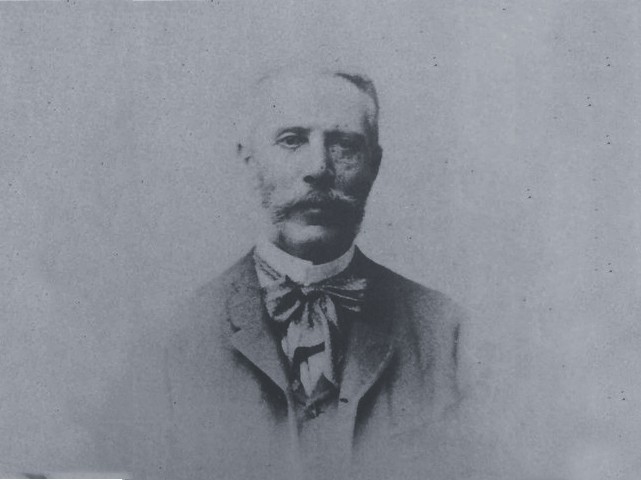Who is Spratly?
Who is the man after whom these islands are named? “… at 9 h. A.M. a low sandy island was discovered from the masthead, bearing S.E.bE. four leagues."
Who is the man after whom these islands are named? “… at 9 h. A.M. a low sandy island was discovered from the masthead, bearing S.E.bE. four leagues."

Captain Richard Spratly was born in 1802 in East London. His father, Thomas Spratly, was a boat builder. At the age of 16, Richard first sailed as an apprentice on Earl of Marley, a whaler. In the years that followed, he sailed as a 2nd officer and later captain on the convict ship York to Tasmania. On March 29, 1843, he sighted what is now known as Spratly Island and Ladd Reef. His sighting was reported in The Nautical Magazine in 1843, issue 697:
“… at 9 h. A.M. a low sandy island was discovered from the masthead, bearing S.E.bE. four leagues. On nearing the beach was visible to the water’s edge, the top appearing to be covered with small bushes, and about the height of a Ship’s hull, with a black patch dividing the sandy beach in nearly two equal parts to the water’s edge… One [of these two dangers ] I call Ladd Reef, after Captain Ladd of the Ship Austen, who appears first to have seen it; the other Spratly’s Sandy Island.”
The publication of his voyage in The Nautical Magazine popularized his naming of the island, even though the island had previously been named “Horsburgh’s Storm Island” by the Scottish hydrographer James Horsburgh. The British Admiralty finally agreed that the scattered islands in the area be named the Spratly Islands.
In the 20 years that followed, Captain Richard Spratly sailed on the Cyrus, Margaret, Atalanta to Batavia, Sydney and Melbourne, mostly with emigrants. He died from pleuropneumonia in 1870, aged 69.